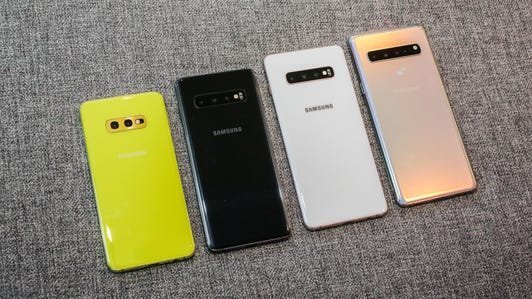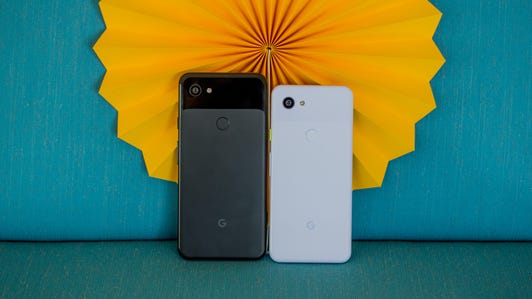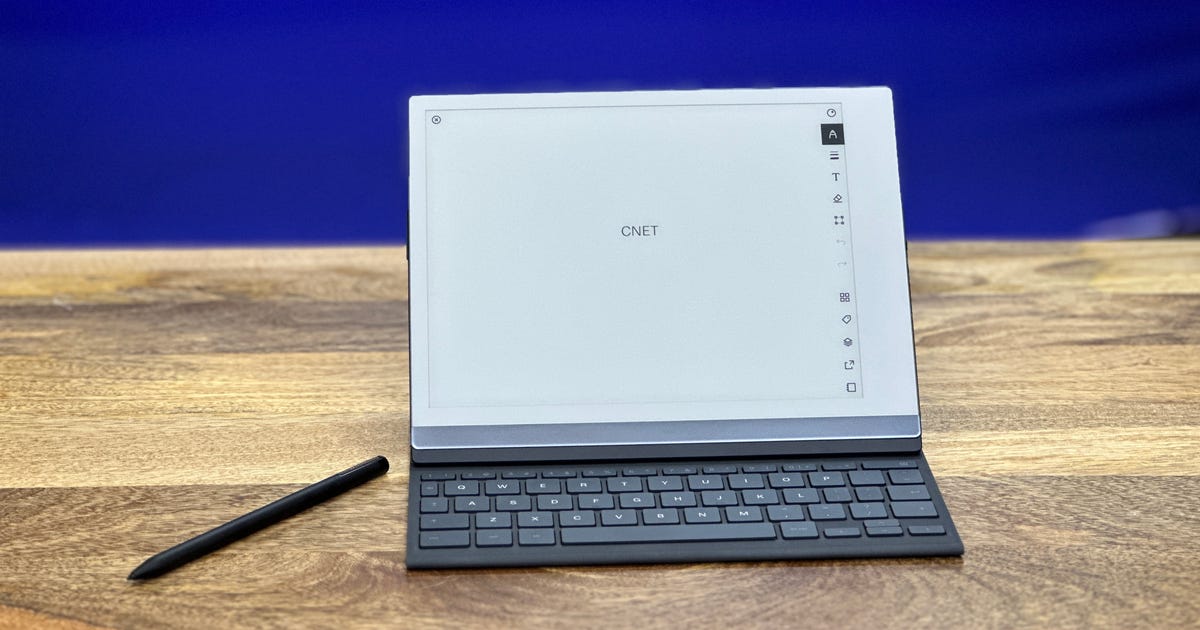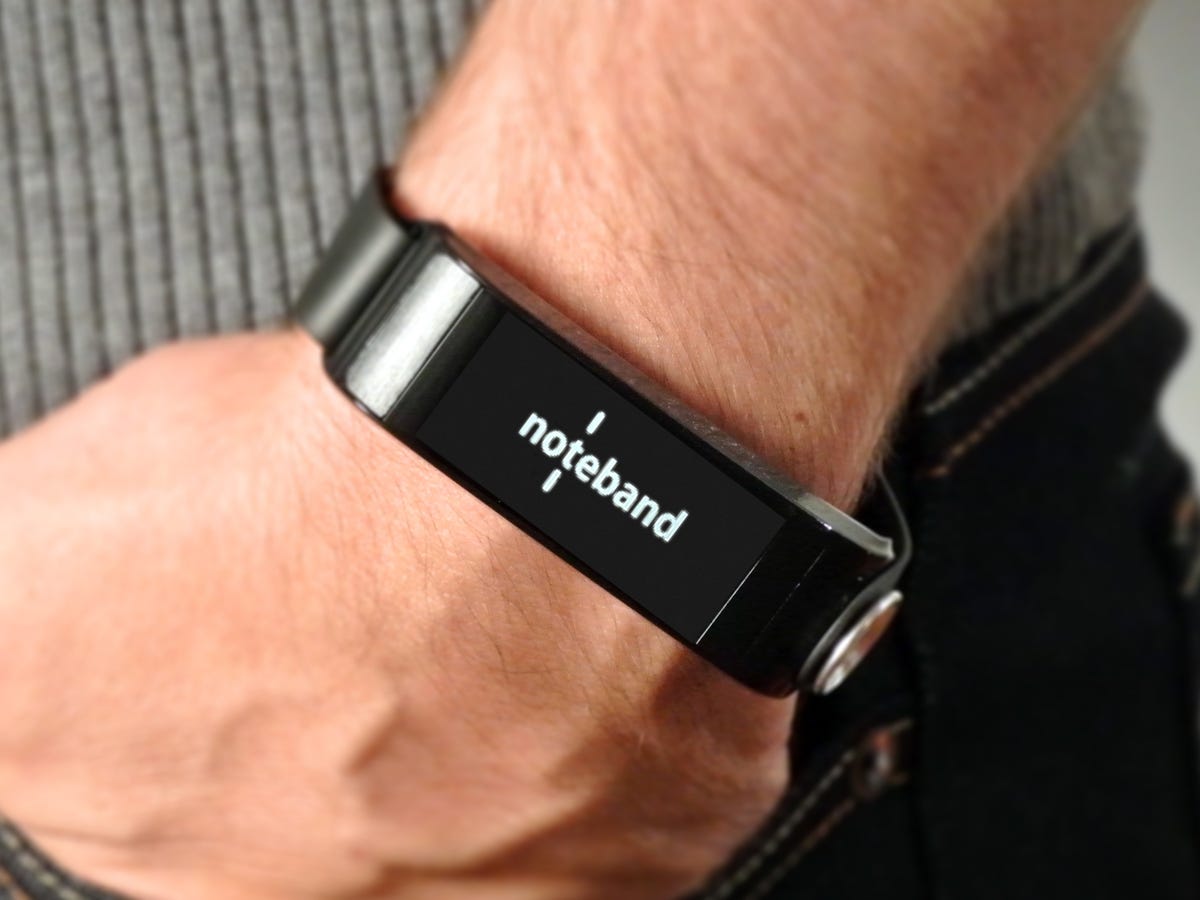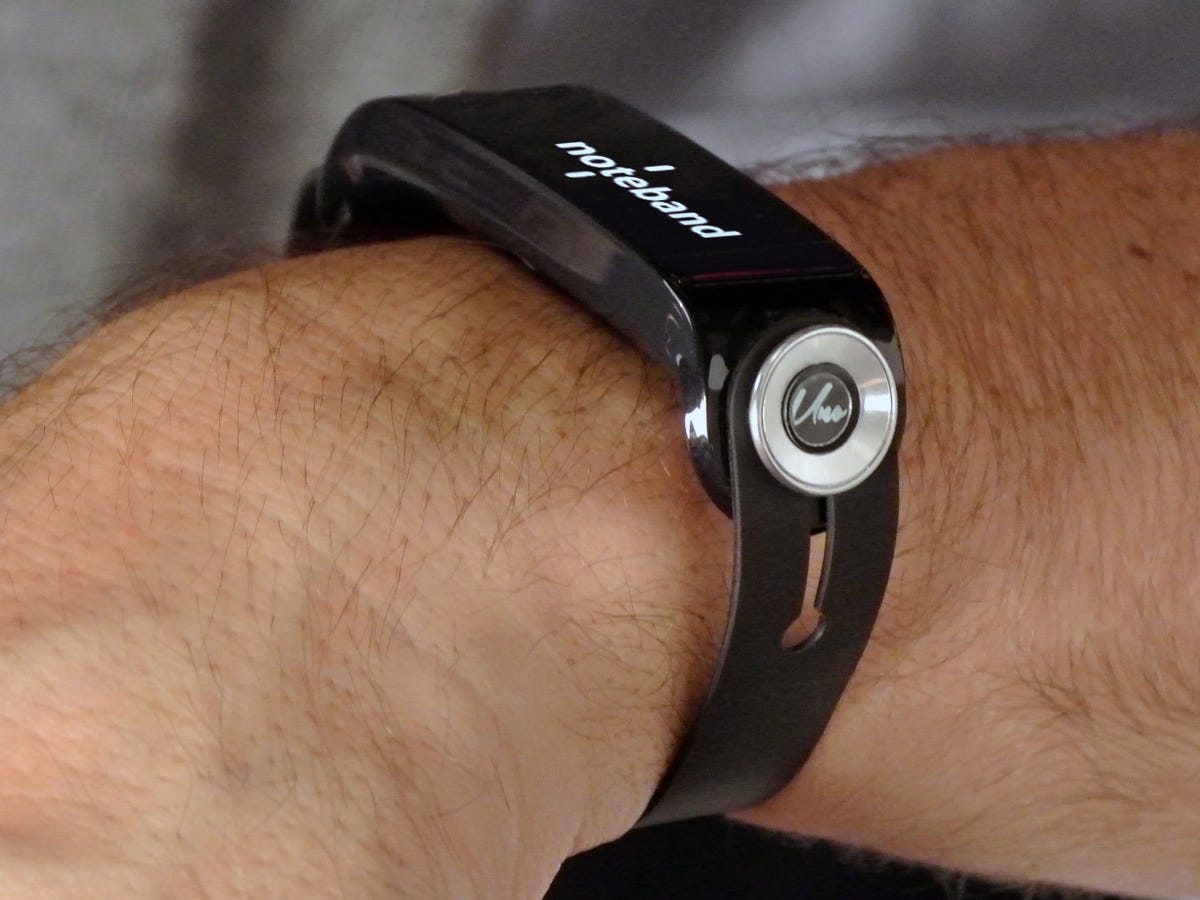USB4 is done, the group developing the next version of the immensely successful USB connector technology said Tuesday. USB4 doubles speeds compared to today’s fastest USB 3.2 by incorporating Intel’s speedy Thunderbolt technology that you already see on high-end laptops and peripherals. The USB Implementers Forum announced the completion of the technical specification Tuesday, a move that frees hardware and software engineers to get cracking building the actual products to support it.
Today’s USB 3.2, which enables data transfer speeds up to 20 gigabits per second, is still something of a rarity; most of us have earlier versions of the technology that works at 5Gbps or 10Gbps. USB4 promises a speed boost to 40Gbps, helpful for things like using multiple external displays or fetching files from external hard drives.
In short, USB4 promises to make all those cable connections faster, more useful and easier to use. And if all goes to plan, it should start making it safer for device makers to stop offering devices, chargers and other devices that use old-style rectangular USB-A or the smaller USB Micro B ports. That should help spread new USB into more chargers, laptops, airplane seat backs, power strips, cars and electronic devices.
As with earlier USB upgrades that required backward compatibility, you’ll still be able to plug old USB equipment into new USB4 ports. But USB4 requires new-style USB-C connectors — the oval ports that appear on both PCs and phones and that no longer require you to worry about which side is up. So you may need a dongle to keep those older devices working.


Now playing:
Watch this:
iOS 13 beta hints at USB-C iPhone in 2019
5:48
It’s not clear exactly when devices like controller chips, external hard drives, laptops and dongles will arrive with USB4 support. But when the USB-IF announced USB4, executives said they expected devices 12 to 18 months afterward. That would mean USB4 devices could be here in late 2020.
“The second half of 2020 would be a suitable expectation,” USB-IF said in a statement.
And here’s one thing Intel says you can look forward to: USB4 hubs and dongles that fan out with multiple modern ports. Today’s USB-C hubs only offer multiple old-style rectangular USB-A ports — handy if you have an older keyboard, mouse, network adapter or external drive. But if you have new-style USB-C connectors, each one will need its own port on the side of the laptop.
USB4 should help with a better way to juggle lots of different data streams — multiplexing, in industry terms — so you can plug multiple USB-C devices into a single hub.
Although USB4 benefits from the Thunderbolt technology infusion, there’s no guarantee the two technologies will get along. For example, today’s Thunderbolt 3 uses a laptop’s USB-C ports, but a USB4 port a couple of years from now won’t necessarily support a Thunderbolt peripheral. Thunderbolt 3 is an “optional capability” for USB4, meaning that device makers will have to clear Thunderbolt’s testing and certification requirements.
Anyone building USB4 devices also must include the USB Power Delivery technology, which controls how devices negotiate charging and enables much higher charging rates for power-hungry devices like laptops.
All the connectors, speeds and features can be confusing. USB-IF hopes to ease the complications with branding rules it’ll discuss at developer events in September and November. One change already is visible: USB-IF is using a trademarked “USB4” term instead of the more technical specification names we’ve seen in the past like USB 2.0 and USB 3.1. There’s been plenty of confusion about all the names for USB, in particular because the old names have changed as engineers update the technology.
USB-IF isn’t yet ready to share its plans for logos and other brands, but at a minimum, expect a way to be able to tell what kind of data rates a given USB cable can handle.
“The consumer-facing branding and marketing guidelines for USB4 products are still being finalized, but there will be a focus on clearly indicating performance levels,” USB-IF said.
Originally published Sept. 3, 8:08 a.m. PT.Update, 11:40 a.m. PT: Adds further comment from the USB-IF.
USB Type-C has taken over — here are the latest phones to prove it


